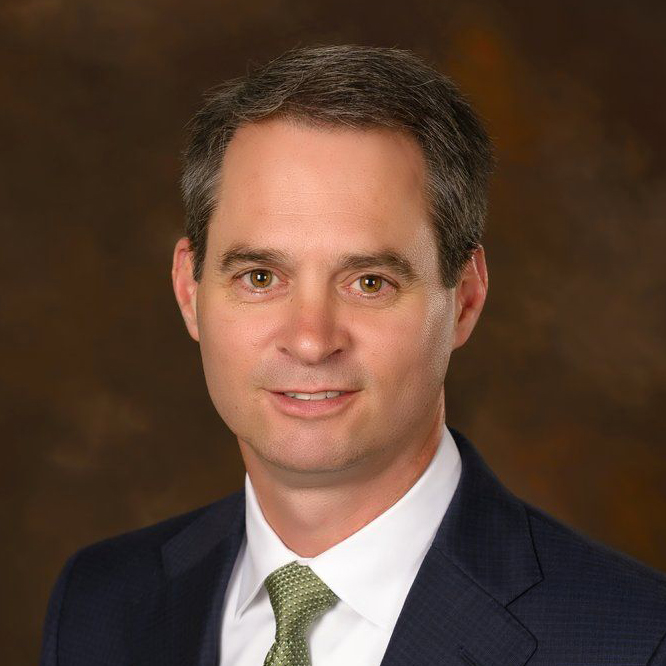How Radiology Philanthropy Is Making a Global Impact on Care
Imagine having a 150-bed hospital without a radiology department. Imagine being an obstetrician in an isolated area without access to ultrasound....

Remote radiologist jobs with flexible schedules, equitable pay, and the most advanced reading platform. Discover teleradiology at vRad.

Radiologist well-being matters. Explore how vRad takes action to prevent burnout with expert-led, confidential support through our partnership with VITAL WorkLife. Helping radiologists thrive.

Visit the vRad Blog for radiologist experiences at vRad, career resources, and more.

vRad provides radiology residents and fellows free radiology education resources for ABR boards, noon lectures, and CME.

Teleradiology services leader since 2001. See how vRad AI is helping deliver faster, higher-quality care for 50,000+ critical patients each year.

Subspecialist care for the women in your community. 48-hour screenings. 1-hour diagnostics. Comprehensive compliance and inspection support.

vRad’s stroke protocol auto-assigns stroke cases to the top of all available radiologists’ worklists, with requirements to be read next.

vRad’s unique teleradiology workflow for trauma studies delivers consistently fast turnaround times—even during periods of high volume.

vRad’s Operations Center is the central hub that ensures imaging studies and communications are handled efficiently and swiftly.

vRad is delivering faster radiology turnaround times for 40,000+ critical patients annually, using four unique strategies, including AI.
.jpg?width=1024&height=576&name=vRad-High-Quality-Patient-Care-1024x576%20(1).jpg)
vRad is developing and using AI to improve radiology quality assurance and reduce medical malpractice risk.

Now you can power your practice with the same fully integrated technology and support ecosystem we use. The vRad Platform.

Since developing and launching our first model in 2015, vRad has been at the forefront of AI in radiology.

Since 2010, vRad Radiology Education has provided high-quality radiology CME. Open to all radiologists, these 15-minute online modules are a convenient way to stay up to date on practical radiology topics.

Join vRad’s annual spring CME conference featuring top speakers and practical radiology topics.

vRad provides radiology residents and fellows free radiology education resources for ABR boards, noon lectures, and CME.

Academically oriented radiologists love practicing at vRad too. Check out the research published by vRad radiologists and team members.

Learn how vRad revolutionized radiology and has been at the forefront of innovation since 2001.

%20(2).jpg?width=1008&height=755&name=Copy%20of%20Mega%20Nav%20Images%202025%20(1008%20x%20755%20px)%20(2).jpg)

Visit the vRad blog for radiologist experiences at vRad, career resources, and more.


Explore our practice’s reading platform, breast imaging program, AI, and more. Plus, hear from vRad radiologists about what it’s like to practice at vRad.

Ready to be part of something meaningful? Explore team member careers at vRad.
2 min read
 Gerry Fitterer
:
August 21, 2020
Gerry Fitterer
:
August 21, 2020
-1.png)
The pandemic made one thing very clear: Practices must become more agile to survive inevitable imaging volume fluctuations in the coming months and years. Changing how they manage operational costs and business risks will be critical to success.
According to a recent report by the RSNA COVID-19 Task Force, private radiology practices that depend solely on revenues from diagnostic interpretations experienced dramatic decreases – in some cases as much as 80% – in examination volumes as a result of the pandemic. These practices not only faced difficult cost-cutting decisions, but now must consider how to better manage capacity and demand changes no matter the cause.
“The future of private radiology practices will be impacted by the pandemic in that practices are likely to restructure operational policies and business risks." – RSNA COVID-19 Task Force, July 2020, The Short- and Long-Term Financial Impact of the COVID-19 Pandemic on Private Radiology Practices.
Prior to the pandemic, market forces were indicating the demand for imaging services would continue to outpace radiologist bandwidth. Practices were managing costs and planning for staff and infrastructure investments based on those assumptions.
Then the pandemic hit. Demand dropped sharply and suddenly. Groups were forced to reduce costs to compensate for short-term revenue losses. Subsequently, uncertainty has replaced the previously anticipated demand curve.
In addition to evaluating their projections for future volume and reading capacity, groups are rethinking their financial plans. Prior to COVID-19, operational budgets for many imaging providers consisted of predominantly fixed costs – physician salaries, support staff, office space, workstations, PACS, etc. A typical hospital-based practice, for example, may have budgeted as much as 90% to 95% in fixed costs. That works in a steady predictable market, but can leave a group vulnerable to sudden changes, as the pandemic brought to light.
While most predict that demand will eventually return to pre-COVID levels, no one knows when that will be. Introducing a greater balance of variable costs into business plans can provide needed flexibility for responding to volume changes, making it easier to seize upside opportunities while reducing the potential pain of a decline in demand.
One strategy for reducing a practice’s allotment of fixed costs is to augment onsite radiologists with a partial FTE virtually through a teleradiology provider on a per-exam model. vRad partners with many clients to provide this built-in variable cost structure according to individual needs. Practices can focus on their core activities and rely on vRad to smooth out the bumps.
Certainly, the pandemic was a wake-up call to how quickly and drastically the market can change. The benefits of partnering with a teleradiology provider can extend to managing the ebbs and flows of normal operations as well.
For example, if a radiologist retires or leaves for another reason, it doesn’t have to disrupt workflow. Teleradiologists can pick up the caseload in the interim, while management takes the time to identify and hire the best replacement candidate.
A teleradiology partner can also be an important component of a practice growth strategy. New contracts can be brought on without disruption to current clients by tapping into the teleradiologists for additional capacity. This flexibility allows the practice to respond quickly when new opportunities arise and provides time for the hiring process when volume warrants additional investment in staff and infrastructure.
Bottom line, with a more variable cost structure, practices have the flexibility to make thoughtful business decisions when the timing is right for them.
For more on how vRad can help your practice prepare for the unexpected, learn more about our virtual FTE options and schedule a call with one of our expert advisors.
Back to Blog.jpg)
Imagine having a 150-bed hospital without a radiology department. Imagine being an obstetrician in an isolated area without access to ultrasound....
.png)
When COVID-19 forced medical facilities to delay elective procedures across the country, imaging volume plummeted over 50% for many providers almost...

1 min read
One of the first questions any radiologist has when exploring a new opportunity is about salary. It's an important question. At vRad, some...
vRad (Virtual Radiologic) is a national radiology practice combining clinical excellence with cutting-edge technology development. Each year, we bring exceptional radiology care to millions of patients and empower healthcare providers with technology-driven solutions.
Non-Clinical Inquiries (Total Free):
800.737.0610
Outside U.S.:
011.1.952.595.1111
3600 Minnesota Drive, Suite 800
Edina, MN 55435